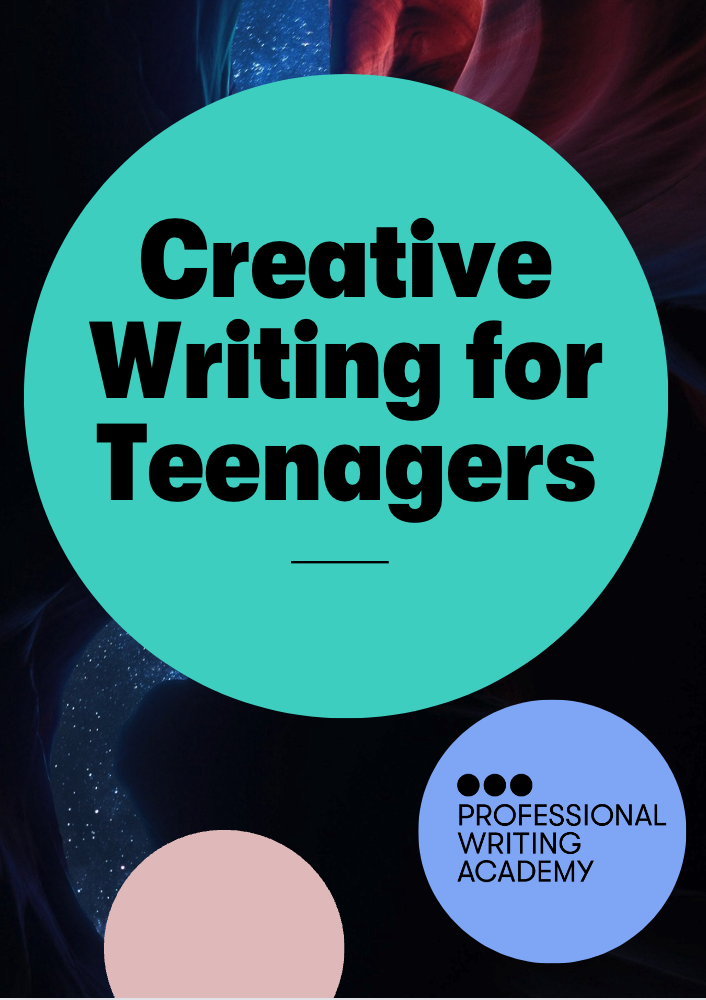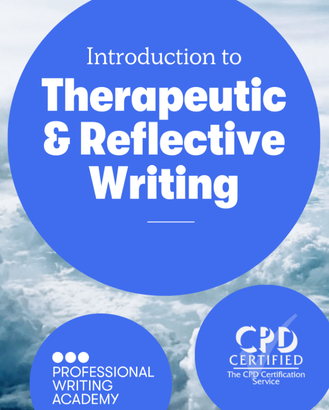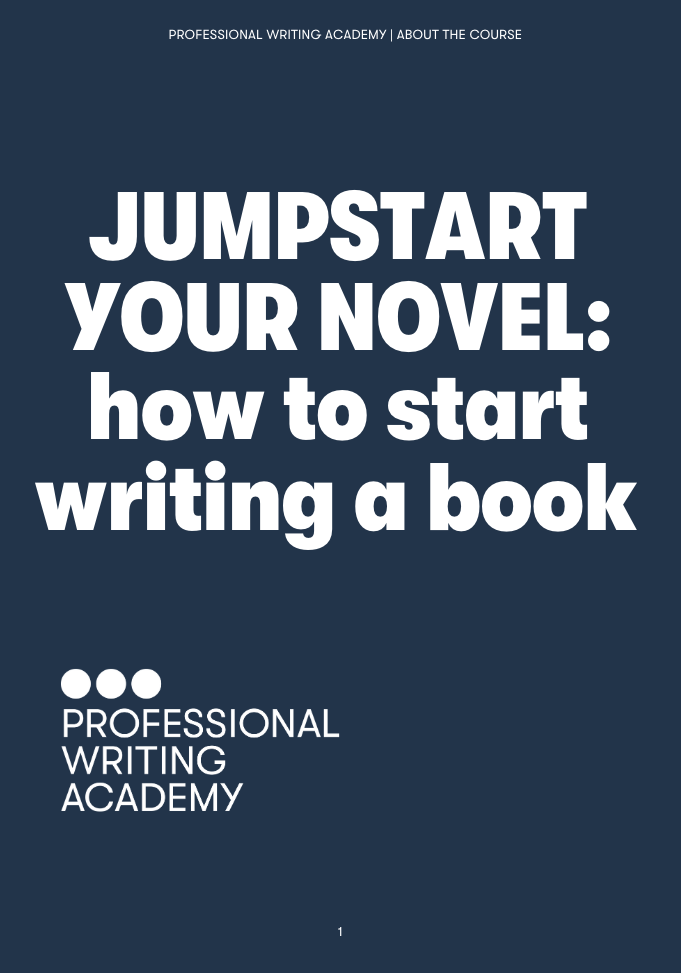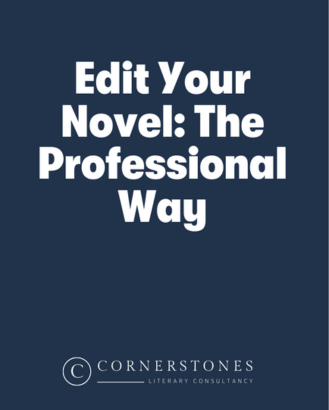Q – Hi Park, and thanks for being with us for this. To start, I’d like to ask how you would convince a sceptical client, who might not know anything about copywriting or storytelling, that your approach would be useful to them?
Park Howell – This is a good question. I would ask them to think back in the past year when they heard a story that really touched them, and moved them to action.
I’ve found that you have to make storytelling tangible to business people, especially older business folk, because they think that simply using the old ‘features and benefits’ technique still works.
Once you get them to relive an experience they had by hearing a story that touched them, I’ve found that they become more open to the power of it in their business.
Q – Would you say that storytelling and narrative structure is still relevant when writing business-to-business (B2B) copy, or only really works when talking directly to consumers?
PH – B2B is the greatest misconception in marketing. Businesses don’t sell to businesses. People sell to people, and that’s universal.
I’ve found that using story in the marketing of professional service firms is profoundly powerful, and this is because so few do.
Therefore, the B2B, or I should say H2H – human-to-human – stories truly stand out, and differentiate a brand from the noise it’s competing within.
Q – In the UK, there is a belief that ‘business is business’, and story and drama are for ‘hippies’. How widespread is the understanding in business that narrative storytelling techniques are valuable?
PH – I don’t find it to be widespread at all. I know I sometimes jump to the conclusion that everyone is doing it, because I’m so embedded in the growing brand storytelling culture.
However, most executives still look at me sideways when I mention storytelling in their business. There is a ton of opportunity to help these people connect on a more human level.
We used to hear the drama/hippy thing, but not as much any more. I think people are coming to terms with the power of the story.
One way to get them to pay attention is the business zombie apocalypse they fear in the Millennial generation. Executives are starting to wake up to this new workforce, and they want to be conversed with differently.
Story is the platform to do that.
Q – By ‘new workforce’, do you mean the move towards short-term contracts, portfolio careers and home/workforces? Is story a way to unify a corporate voice and approach across a fragmented or disparate workforce?
PH – By ‘new workforce’ I mean younger people – Millennials – in more influential roles. These younger ones confound their older superiors through their work ethic, entitlement, their spurring of the co-create phenomena, and a number of other characteristics.
This has businesses, at least in the US, scared about what is going to happen within – and to – their workforces.
I believe story works with all companies, as long as they’re run by humans, selling to humans – not cyborgs!
– Park Howell
Q – Do you think asserting the ‘H2H’ principle is the best way to demonstrate your technique’s effectiveness to people who aren’t convinced?
PH – I never assert anything, because that really annoys people. I tend to sneak up and pounce on them with story, and typically throw in a few Millennial stats to freak them out to get my point across.
This is my approach to senior level managers who are typically Gen X, or late baby boomers. You’ve got to shake them out of their older ways.
Q – Is there any difference between how storytelling can be used for businesses and non-profits, or are the processes roughly the same?
PH – I’ve found the storytelling process is roughly the same for businesses and non-profits. The only difference is that non-profits are generally much more amenable to it, and in business you have to drag them along, kicking and screaming.
Q – Would you say that story being our innate driving force is why there is such a synergy between yours and John Yorke’s approach?
PH – I think so. John comes at it from an entertainment approach, and I intersect with my advertising and marketing background. Really smart brands have evolved from promoters of things, to publishers of meaningful content that moves people to action.
One of the reasons why stories are more important now than ever is that brands used to own the influence of mass media, but now the masses are the media, and they’re skeptical of promotion.
Q – Can storytelling techniques work for all companies? How would you use story to market companies that don’t have an obviously attractive product or appealing founding myth? For example, a company that makes replacement windows, a sewerage provider, or a company that makes electrical components.
PH – Yes, I believe story works with all companies, as long as they’re run by humans, selling to humans – not cyborgs! Even if the product is unattractive, it must provide something useful to be successful.
Within that usefulness is a modicum of emotion. Otherwise, people wouldn’t employ it for their needs. Within that emotion is the story.
Let’s take replacement windows. I’d imagine they’re probably double-glazed and much more energy-efficient than the alternative. Imagine what you could do with the money you’ll save, which is currently flying out your windows.
Invest in piano lessons for your child? Put them through school? Buy a new car? Enjoy a warm vacation? There are all kinds of human stories you could share with a silly window replacement.
Q – Perhaps a little off topic, but there’s an interesting question to be asked about cyborgs. Is there some essence of story that can be extracted and turned into something that cyborgs might recognise? A story algorithm? Or is it something that requires that intangible ‘human’ element thing to make sense?
PH – Cyborgs are already doing it! There is a huge trend afoot for financial service firms and insurance companies to push their data through a robot, that then writes their annual reports and prospectus pieces.
The storytelling is quite good, and very legal, so it keeps them out of hot water with the regulators.
Here’s an interesting story from Wired Magazine: Can an Algorithm Write a Better News Story Than a Human Reporter.
Q – Park, this has been a fascinating chat. Thanks for your time!
PH – It’s my pleasure, and I hope you can all take something away with you. Thanks!
Don’t forget to read the second part of this chat session where Park explains what brands can learn from Hollywood.























